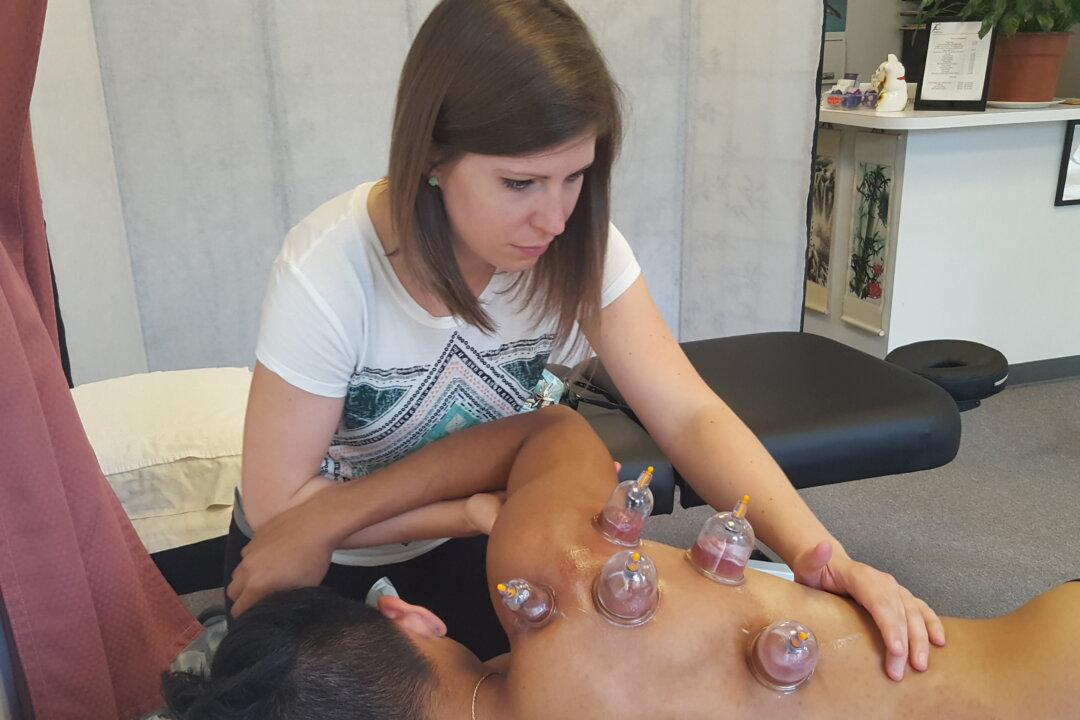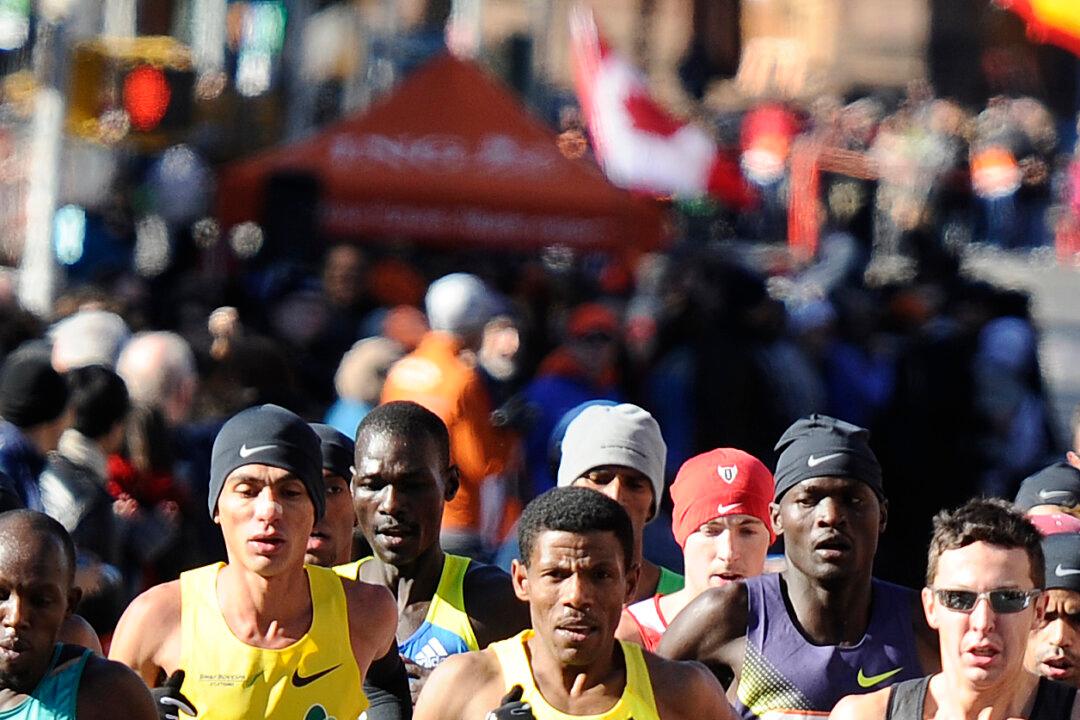I used to be best friends with hotel beds, with their clean sheets and fluffy pillows in a nice room with a view. But it’s not so nice for me anymore because those fluffy pillows usually end up flattening like a pancake during the night, which is not good for a girl with arthritis in her neck. I wake up stiff and in pain.
I am a New York State licensed physical therapist and was diagnosed with arthritis in my neck at the ripe old age of 37. I always felt my neck was tight and stiff, but it never hurt, so I didn’t really have to manage it.
However when I turned 40, that tightness started becoming painful on my right side and sometimes on my left, and I started to feel this horrible feeling of compression, like a turtle jammed into its shell.
Arthritis literally means “inflammation in the joint.” It is a chronic condition in which the joint surfaces break down in what is typically called “wear and tear” arthritis.
Osteoarthritis is the condition where the overlying cartilage and underlying bone wear away. Osteoarthritis is one of the most common forms of arthritis and affects 27 million people in America. It is found most often in weight-bearing joints like the hips or knees, but can also affect the neck, fingers, ankle, and toes.
Onset is usually gradual and risk factors include age, obesity, deconditioned or weak muscles, overuse, a previous joint injury, and genetics. Arthritis affects the young and the old.
Lately, more young people are developing arthritis because they are doing more and challenging themselves with hyper-intense activities. At my clinic, we work with clients who have arthritis, and at present, my youngest arthritis patient is 22 and my oldest 74 (and still working full time).
Physical therapy can help the pain and stiffness of arthritis, especially with early and middle onset. We treat patients with a combination of therapies and exercises to reduce pain and inflammation, increase flexibility and strength, and improve balance.
We have found that a good home exercise program that includes stretching and strengthening exercises, is necessary to manage the flare-ups.
Since arthritis is a chronic condition, patients always feel a base level of inflammation in the joint, and this needs to be managed. With arthritis, there are also periods of exacerbations, in which the joint will become very inflamed, swollen, and “hot,” but hopefully, with the following exercise tips, you can manage your arthritis and prevent flare-ups (they help me).
1. Active Range of Motion
Movement keeps the joints, muscles, and soft tissues loose and pliable. To help arthritis in your neck and low back, do side bends, rotate your head and shoulders side to side, and gently arch and flex your spine.
To help arthritis in your lower body, march in place or swing your legs. These types of movements contract and relax the surrounding muscle tissues, which increases blood flow, pliability, and joint mobility.
2. Strength Building
Functional exercises like push-ups, planks, squats, lunges, and step-ups are multi-joint, multi-muscle, kinetic chain exercises that disperse the load between the joints as you strengthen your muscles. They are great because they mimic functional activities without overloading an already irritated joint.
3. Kinesiology Tape
Elastic therapeutic tape that comes in precut applications can help your tissues heal by reducing compression and increasing neurosensory feedback, neuromuscular activation, and fluid movement. You can apply them yourself or with the help of a friend, which makes the application more consistent.
Each precut lasts five days, and you can wear them in the shower. I use and recommend the brand SpiderTech, which makes precut applications for each body part. In the interest of full disclosure, I am also the director of education for SpiderTech.
4. Hot-Cold Therapy
Use a cold pack when you are experiencing an exacerbation (acute or intense pain, increased swelling, inflammation). Use heat when your joints feel stiff and painful but are not exacerbated. Always use a thin towel layer between the hot or cold pack to protect your skin and leave on for 10–15 minutes.
5. Self-Massage
Use a foam roller or just your hands to gently massage the soft tissue around your arthritic joints. The muscles, tendons, and fascia around your joints tighten up when the joints are irritated because they are trying to stabilize and minimize joint movement. This can lead to the muscles themselves becoming a source of pain.
Loosening up the surrounding soft tissue reduces the feeling of compression in the joint, inflammation, and pain.
This article is provided for information only and is not meant to prescribe medical care. If your pain persists or gets worse, consult your physician or physical therapist.
NYC Physical Therapist Karena Wu is a graduate from the Program in Physical Therapy at Columbia University and owner of ActiveCare Physical Therapy. She takes a holistic approach and utilizes advanced manual therapies, Kinesiology Tape, and Pilates for rehabilitation. www.bestptnyc.com.
2014 Walk to Cure Arthritis
Low-impact group activities are a great way to help manage arthritis. The 2014 Walk to Cure Arthritis, which will happen Saturday, May 17, starting in Foley Square Park, is a great opportunity to exercise, have fun, and help raise awareness and funds to research a cure for arthritis.
If you want to do more than just walk, you can form your own team, help fundraise, and get your friends and family involved. WalkToCureArthritis.NYC.KinTera.org




